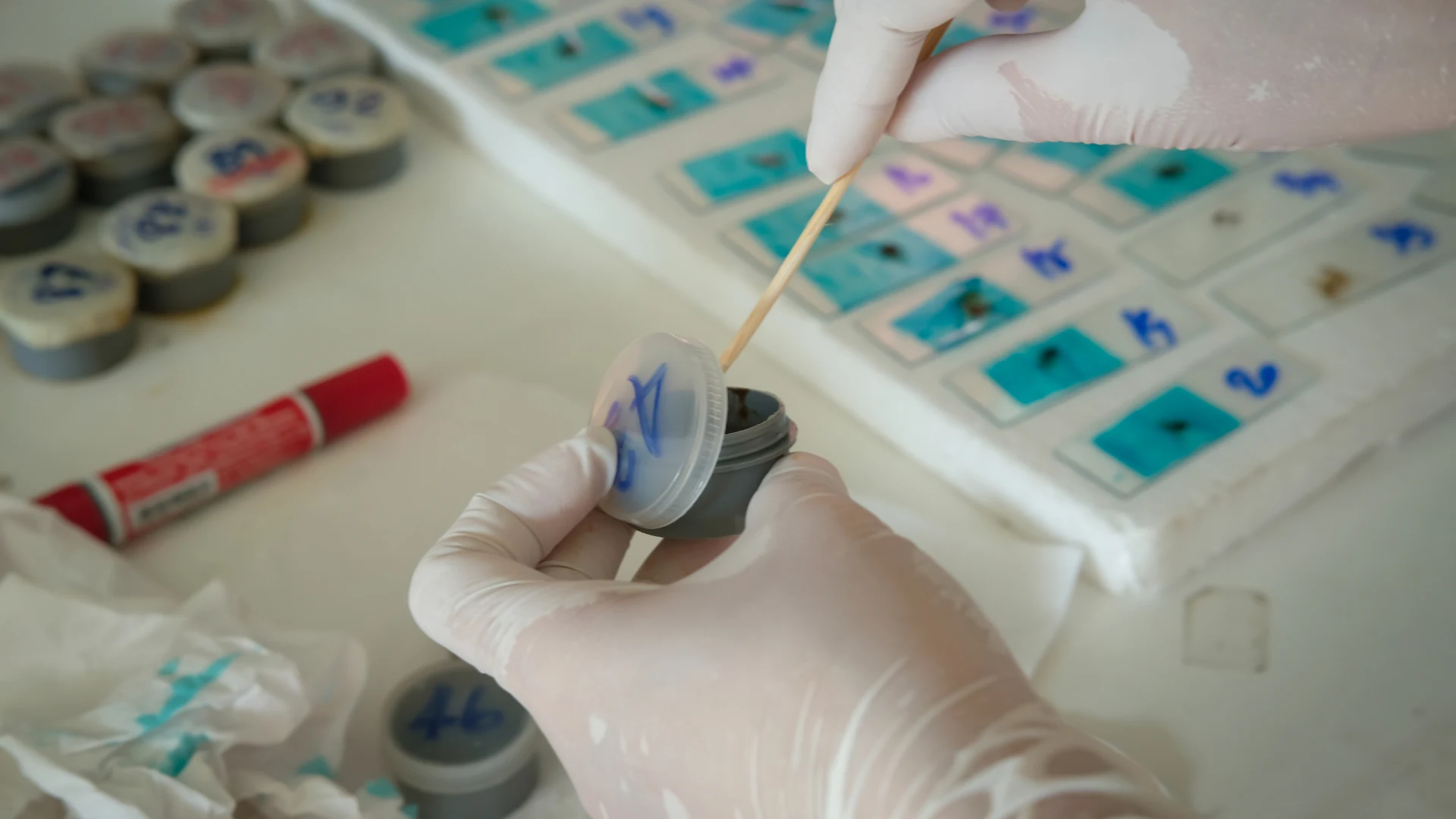
The Stool Culture test is a diagnostic procedure used to identify harmful bacteria in the gastrointestinal system. It is essential for detecting bacterial infections that cause symptoms like diarrhea, abdominal pain, and fever. The test helps pinpoint the exact bacteria responsible, guiding effective treatment.
What Is a Stool Culture Test? 🔍
The test involves analyzing a stool sample in a laboratory to detect and identify bacteria such as:
Why Is the Stool Culture Test Important? 🤔
Doctors recommend this test for:
What Can the Test Reveal? 👀
A Key Test for Digestive Health 💡
The Stool Culture test is a reliable and non-invasive way to diagnose bacterial infections in the gastrointestinal system. Early detection and appropriate treatment can prevent complications and support recovery.
Protect your digestive health—book your appointment today for a Stool Culture Test.
DISCLAIMER: The information presented on this page has been intentionally condensed and simplified to make it accessible and easier to understand for the general audience. Its purpose is solely to provide basic awareness and education on the topic discussed. It is important to note that this content is not exhaustive and does not replace or serve as a substitute for professional medical advice, diagnosis, or treatment. Readers are strongly advised to seek consultations with qualified healthcare professionals or specialists for accurate assessment, personalized guidance, and appropriate medical care. Relying solely on the information provided here, without professional oversight, may lead to misunderstandings or inadequate treatment.
Privacy policy
Copyright ©2025 Klinika Kajo. Designed By Vizional